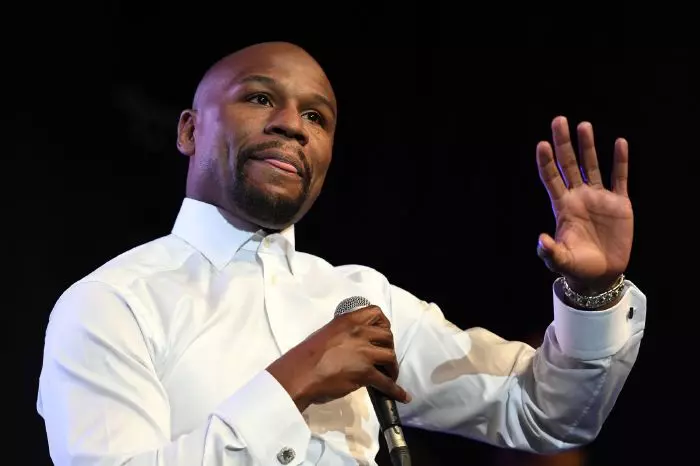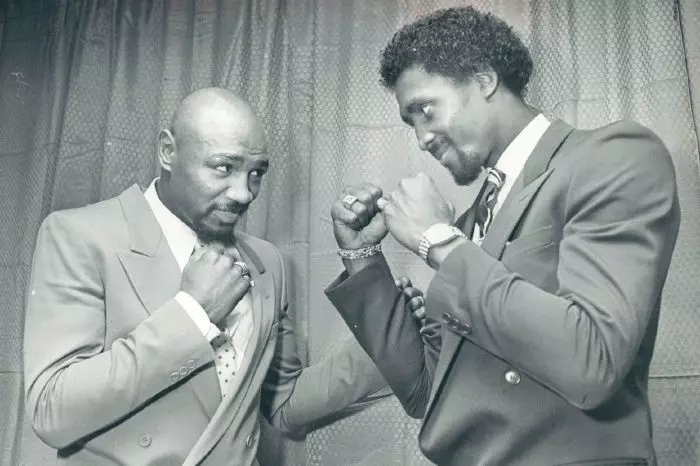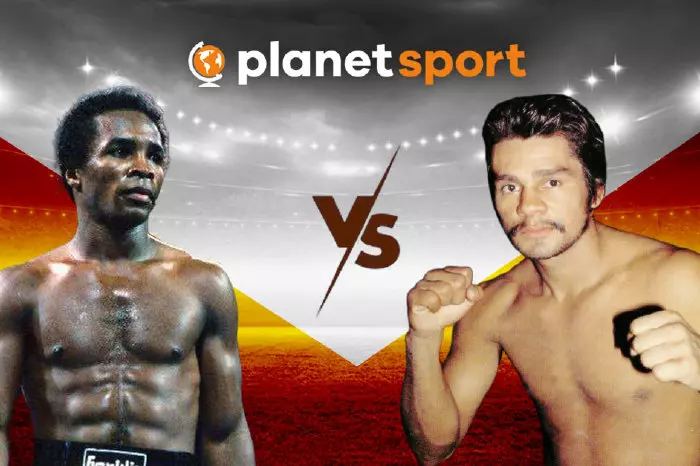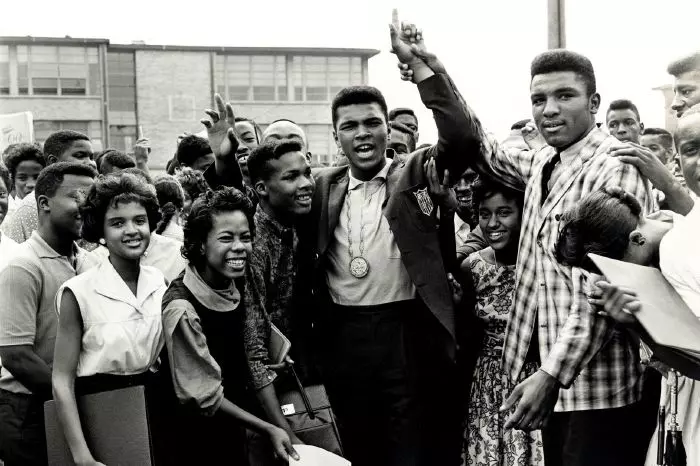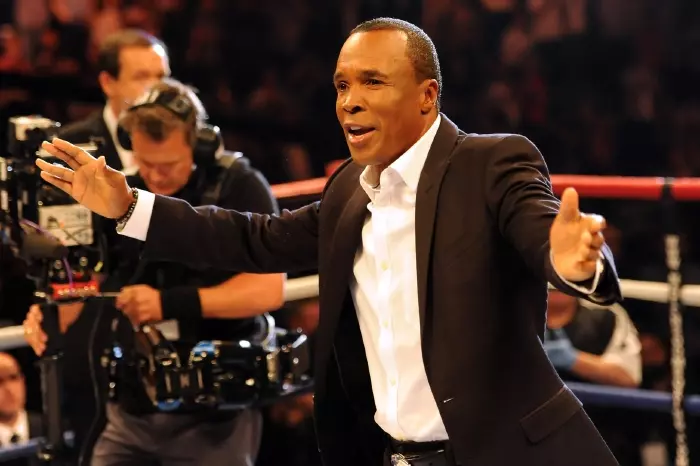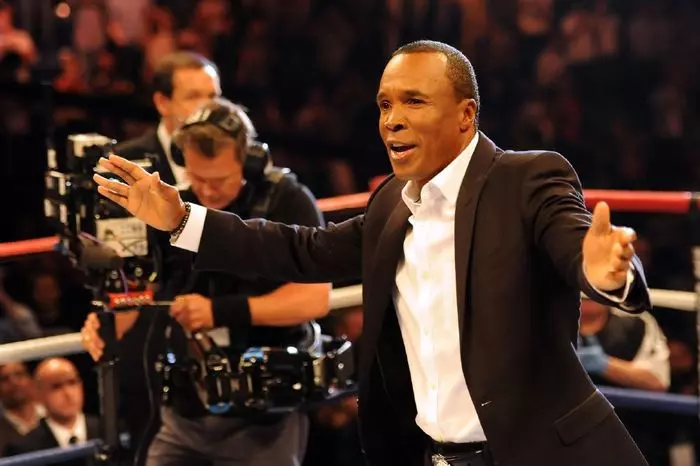
The Hall of Fame boxer became the first fighter to earn $100million in the sport and is remembered for his Fabulous Four rivalry with Duran, Hagler and Hearns.
Sugar Ray Leonard News
The top 10 richest boxers in the world includes a name nobody expected
Prizefighting has become the epitome of boxing and it is one of the main reasons why fights happen or not.
Marvelous Marvin Hagler vs Tommy Hearns: Three rounds of boxing brutality
Planet Sport looks at three of the greatest rounds you will ever witness inside a boxing ring between Marvelous Marvin Hagler and Tommy Hearns in 1985 on April 15.
Sugar Ray Leonard vs Roberto Duran: The Brawl in Montreal
The first encounter between Sugar Ray Leonard and Roberto Duran is regarded as one of the greatest fights in boxing history.
Olympic boxing: The greatest American fighters to have won gold
Planet Sport takes a look into five of the greatest Olympians to have reached the pinnacle for America.
The Brawl in Montreal: Sugar Ray Leonard vs Roberto Duran
The first fight between the two legends is regarded as one of the greatest fights of all-time in the Canadian city.
The 1976 Montreal Games: Boxing's greatest Olympic team of all-time
Montreal helped kick-start the careers of some of the sport’s biggest legends, most notably Sugar Ray Leonard and the Spinks brothers.
